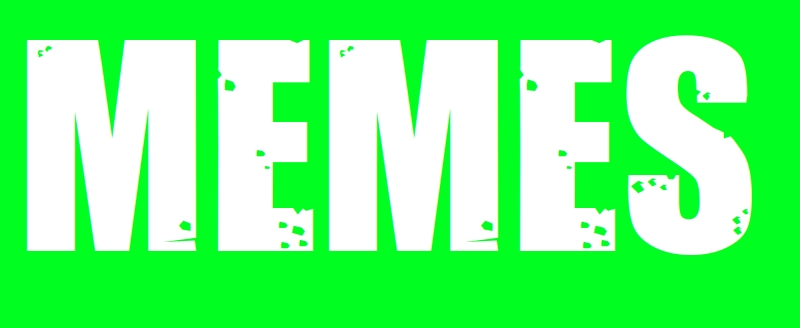How the fuck do you counterfeit cheese? Do you use chocolate milk instead of regular?
The designation “Parmigiano Reggiano” is a protected designation of origin (PDO) in the European Union.
It means that to be able to call a cheese “Parmigiano Reggiano” a producer needs to follow a strict set of rules on how to produce the cheese, how to mature it, how the cows are being fed and it has to be manufactured in a specific area in Italy.
So if someone is making cheese without following the rules and sell it as Parmigiano it would be counterfeit cheese. Just like someone selling lemonade but calling it “Sprite”.
And don’t forget the “origin” part. These designations also include being made in a specific region. You could follow all the rules and exact ingredients for Champagne, but if it’s not made in Champagne, France then you can’t call it Champagne. Same for Cognac, etc.
How is a microchip edible? Big as a sand grain? How does it work? How long has this tech existed? How many microchips have I eaten? Do they stop working if I eat them?
It’s not edible. The chip is in the packaging. Chipping packaging is normal and the headline is funny but sensational
Now producers have been trialling the most modern of authentication methods – microtransponders about the size of a grain of salt inserted into the labels found on the rind of 120,000 wheels of parmigiano reggiano.
Edit or it might as well be edible no one knows since no ones eaten cheese with the packaging
into the labels found on the rind
The labels are directly on the rind of the cheese - not on a sticker or something.
Still in the rind. Chances of eating it unless you specifically want to eat it are nill
Lots of people throw the rind in stews and sauces. It adds umami. So now I gotta fish out the bay leaf and a microchip.



